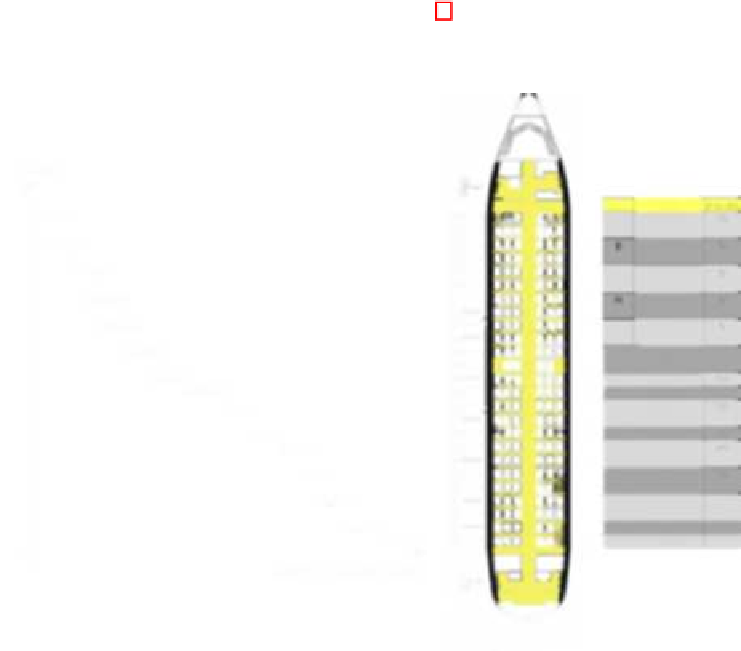Information Technology Reference
In-Depth Information
As these models indicate, the problem can be seen as a combination of two
sub-problems: determining the price schema and calculating assigned contingents
or capacities. These sub-problems are separated in the RM approach applied by
Germanwings, for instance. Here a discrete price-structure is specified for every
market, i.e., a bundle of related flights beforehand and then economic capacities
are determined through optimization. Figure 2 displays an example for such
a price/contingent plan with the assignment of prices and contingents to time
intervals in the booking period.
Fig. 2.
Example for a price and contingent schema
Now, when applying model QPDF to this schema the prices
p
i
giveninthe
solution have to be matched to the prices contained in the predetermined schema.
Thus for the example above one would assign 60% of the recommended number
of seats, i.e., 20 seats to fare class 69.99 Euro and 40%, i.e., 14 seats to fare
class 79.99 Euro. This postoptimal procedure is rather easy to perform and can
be implemented such that no capacity constraint is violated, yet, the resulting
pricing and allocation scheme is no longer guaranteed to be optimal at all.
To cope with these deficiencies we propose a different approach and model
which is directly based on the pricing schema of the LCC. The concept of using
discrete prices has already been proposed by [9]. Instead of finding arbitrary
prices we restrict the solution to prices in the set
P
of valid prices with
P
=
{
, for instance. Thus, we let the optimization
select a subset of prices from
P
and determine the optimal number of seats
19
.
99
,
29
.
99
,
39
.
99
,...,
489
,
499
}


